The State Of Space Research In Latin America
Sustainable development is the driving force of space research across the region, which has a lack of investment, but no lack of talent.
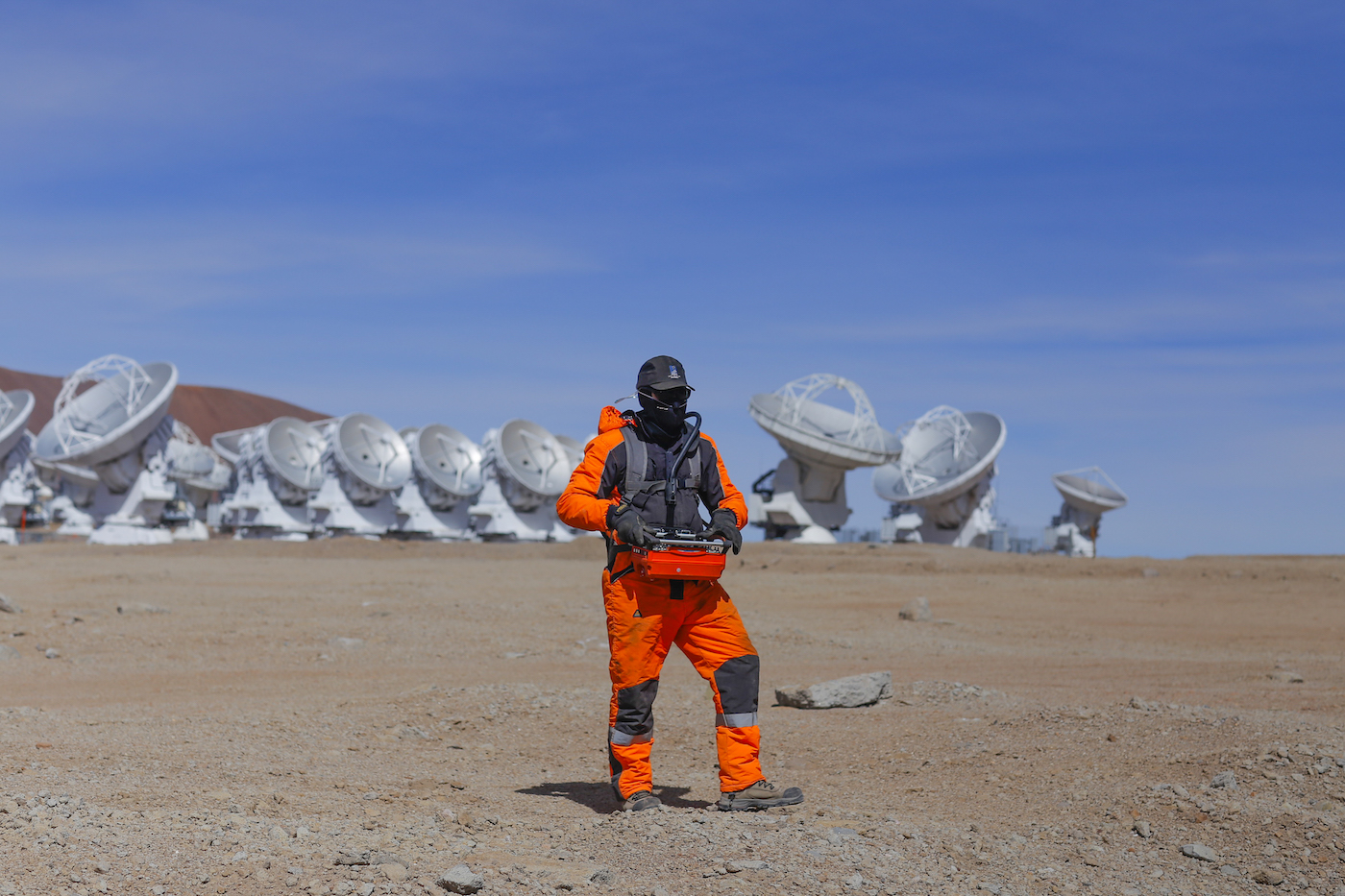
An operator at the ALMA observatory in Chile. Credit: Cristóbal Venegas
This story was produced by Science Friday and América Futura as part of our “Astronomy: Made in Latin America” newsletter and series. It is available in Spanish here.
On April 8, Mexico and the United States came together for a few hours to watch the sky during one of those rare astronomical phenomena that provoke so much excitement on Earth: a total solar eclipse. In the Bosque Urbano park of Torreón, Mexico, where NASA broadcasted the event, some 50,000 people, including neighbors, astronomers, and astronomy lovers from all over the world watched as the moon completely blocked the sun. For four minutes and 10 seconds there were cheers, applause, and even tears of joy.
Eduardo Hernández, former director of the Planetarium Torreón, was one of the most excited witnesses that day. “If watching a partial eclipse 33 years ago made me fall in love with astronomy, I bet hundreds of astronomical aspirations were sparked today,” he said after the event. As the man who made it possible for NASA to choose his institution to show the eclipse to the world, he knows all too well the challenges of practicing this science in a country like Mexico. In his case, he had to automate the planetarium’s observatory with hardly any budget. That’s why, Hernández points out, a spark of passion is only the first step: “Our job is to make sure passion grows stronger and leads somewhere.”
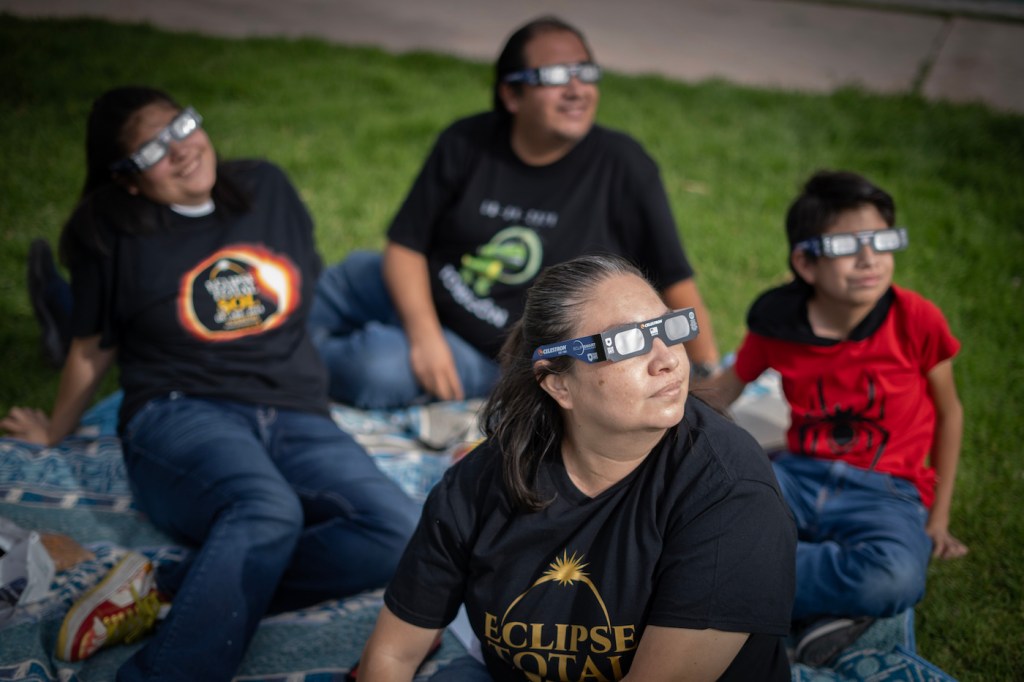
What was experienced in Torreón during the eclipse is perhaps the best metaphor for the state of astronomy and space exploration in Latin America. The region has some of the best places in the world for astronomical observation, and although government investment and support are lacking, there is a lot of talent to spur growth in the fields. According to experts from various countries we consulted for this story, space research has tremendous potential to address Earth’s most urgent problems.
Mexican astrophysicist Dr. William Lee, coordinator of international relations and affairs at the National Autonomous University of Mexico (UNAM), the largest university in Latin America, explains that the region has long been conducting “very high-quality” research in both astronomy and space development. However, he believes that the potential is largely untapped in both areas. For him, the advantages range from the high percentage of young people in Latin America who can be trained in these fields, to the dynamism of certain economic and industrial job markets and the natural features of the countries.
According to Argentinian astronomer Dr. Isabel Hawkins, who works at the Exploratorium in San Francisco, Latin America is an optimal continent for stargazing. “Cutting-edge astronomical research is being performed in countries with high altitude and darkness,” she points out. ALMA, one of the world’s largest radio telescopes, has been operating for over a decade in the Chilean Andes amid copper-colored mountains, with funding from Europe, the United States, and Japan. About 250 miles away, on Cerro Armazones, the European Southern Observatory (ESO) is building what’s expected to be the largest telescope on the planet by 2028. “At some point, in 2030, [in Chile] we will have more than 60% of the world’s observatories,” says Chilean astronomer Dr. Carolina Agurto, who is also co-founder of the science outreach initiative Star Tres.
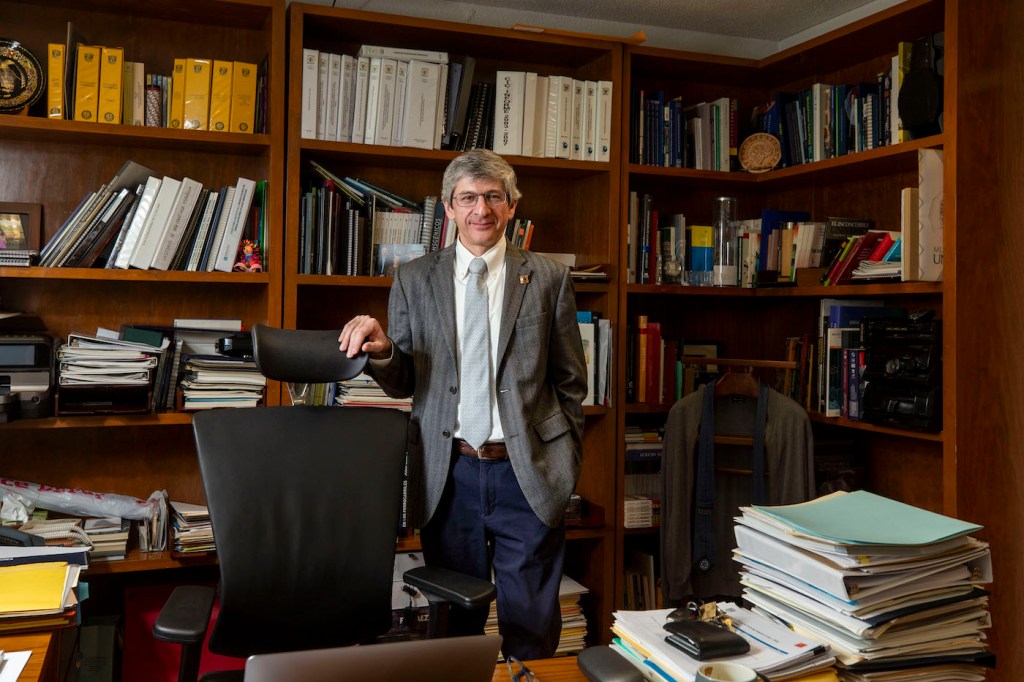
The best spot for observing space in Mexico is the San Pedro Mártir National Astronomical Observatory in Baja California. But, according to Lee, “for decades, it’s been underutilized because it hasn’t received the support needed for astronomical research.” Lee, who is a former director of the Institute of Astronomy at UNAM, is convinced that his country has enough talent to develop astronomical and space projects but lacks incentives for innovation in the educational and industrial fields. He points to out contributions of Mexican scientists to large-scale projects in other continents, such as the Gran Telescopio Canarias in Spain or the European Organization for Nuclear Research (CERN) in Switzerland. “The capability is there but the scale is not enough,” he says.
The same can be said of space exploration, which is behind that of the United States and Europe. “Latin American space agencies have advanced at a slower pace because they require a technological foundation, a person who is not only an engineer, but also a space expert, and besides that, must have some kind of training in a space agency such as NASA or ESA—the European agency—with years of experience, and that’s very difficult to achieve in Latin America,” Agurto says.
Almost a dozen countries have opened space agencies in Latin American and the Caribbean, including Brazil, Bolivia, and Mexico. What’s more, at least 15 countries have launched satellites into space. Recently, new initiatives have emerged aimed at joining efforts and pooling scientific and technological advances, such as the Ibero-American Network of Aerospace Agencies or the Latin American and Caribbean Space Agency, driven by Mexico and Argentina. However, spending on scientific investment and development in the region is far from optimal: just over 0.60% of GDP on average in Latin America, compared to 3.46% in the United States, according to World Bank data.
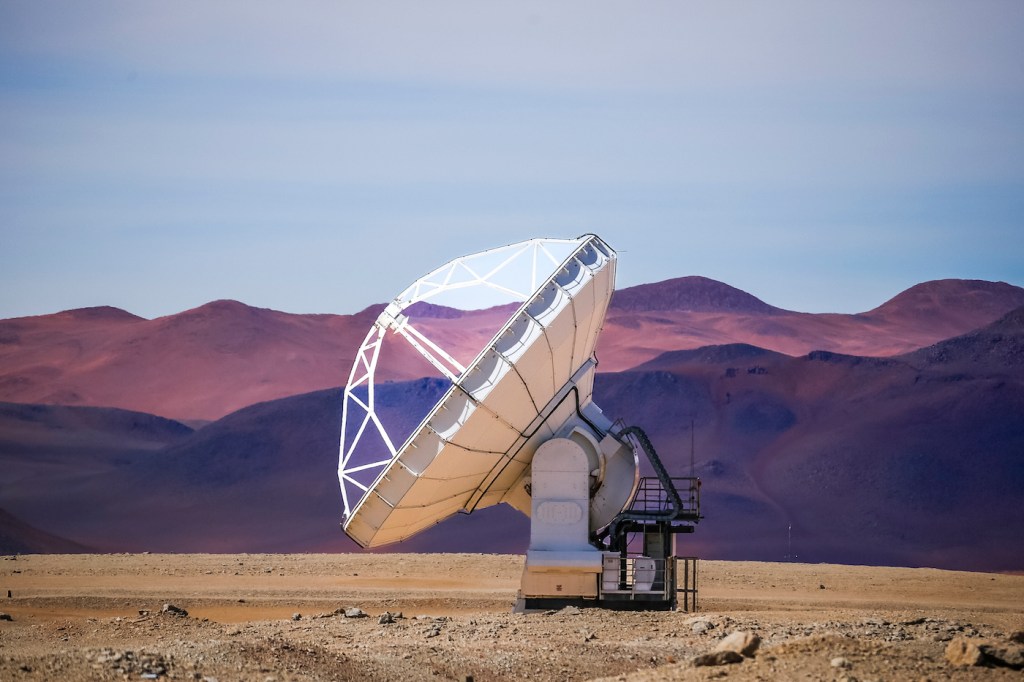
For now, the Latin American space race is measured in small victories: from the achievements of Latin American astronauts and engineers such as Colombian Diana Trujillo, who is the flight director of NASA’s Johnson Space Center, to specific landmark projects, such as Mexico’s Colmena, a project by UNAM and the Mexican Space Agency to send “microbots,” miniature robots, to the moon. That mission, slated for this past January, was not completed due to a breakdown in the spacecraft from the company Astrobotic that was set to transport the robots. But Dr. Gustavo Medina of Argentina, head of the laboratory that created them, celebrated it as a success: “You have shown that Mexico is much more than a maquiladora [a low-cost factory]. Mexico can create and can be innovative. Those little robots are really machines made to work in space,” he told his team that day. They’re already working on the second phase of the project, Colmena 2.
What is clear to the experts interviewed for this story is that, as far as space research is concerned, Latin America and the Caribbean are looking to the sky to solve the Earth’s problems, especially in the face of the climate crisis. In Chile, for example, the armed forces have put the satellite FASat Charlie to work to prevent fires and natural disasters. Mexico has a project in collaboration with NASA to launch the Aztech Sat constellation of nanosatellites to monitor marine life from space and how climate change affects them. And in Brazil, satellite lasers are already being used to learn how much carbon the Amazon stores.
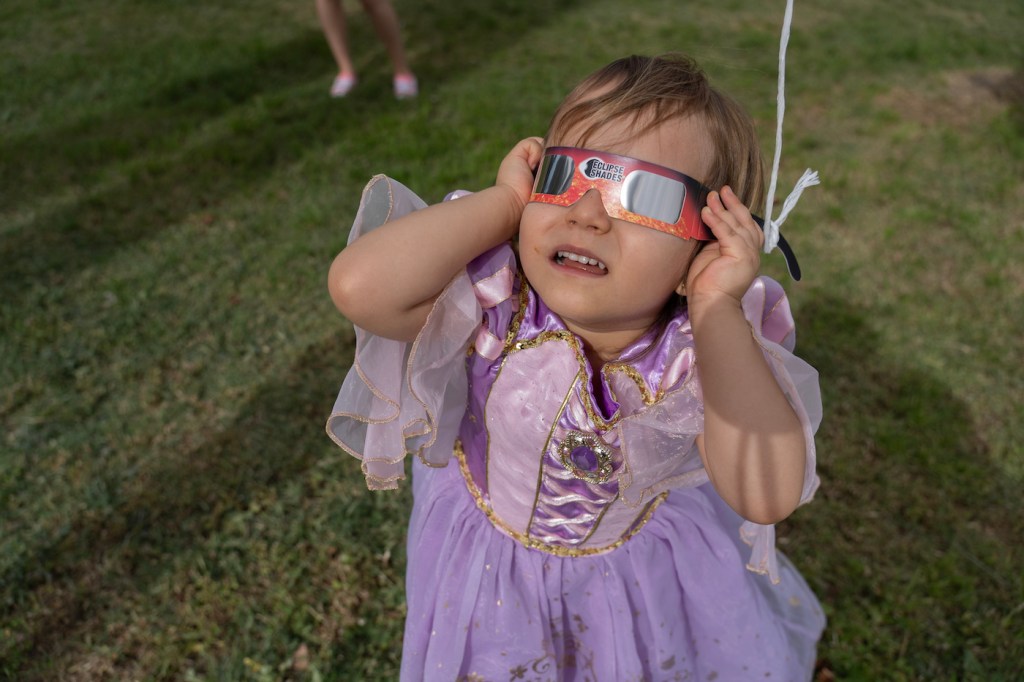
“Commercial space research is much more connected to looking down than looking up—monitoring biodiversity, changes in soil and vegetation, land development, oceanic and atmospheric circulation,” says Lee, from UNAM. “Whoever has the data has more control, and if it’s not us, it’s a strategic loss.”
Isabel Hawkins, who fell in love with the stars as a child in the Argentine countryside, worries that space will become just another territory to exploit. That’s why she proposes that the region pioneer a way of thinking about more sustainable use. “Right now, space is not treated like an environment that is completely vulnerable to abuse,” she warns. “We, Latin Americans, are the guardians of Earth’s lungs—the Amazon rainforest—and we can be thought leaders in the sustainable use of space. This is an opportunity.”
This story was translated from Spanish by Laura González.
Lorena Arroyo is the editor of América Futura at El País. She is based in Mexico City.